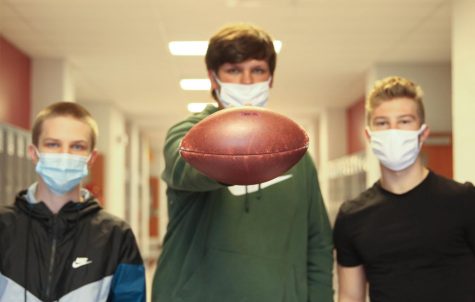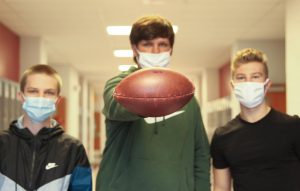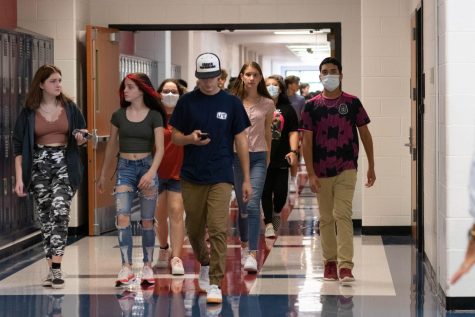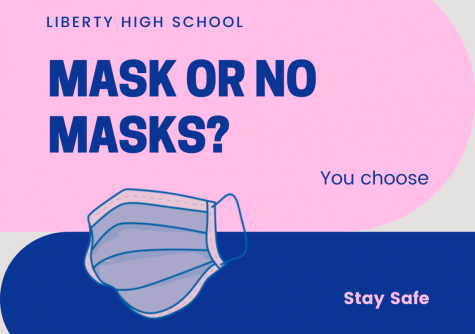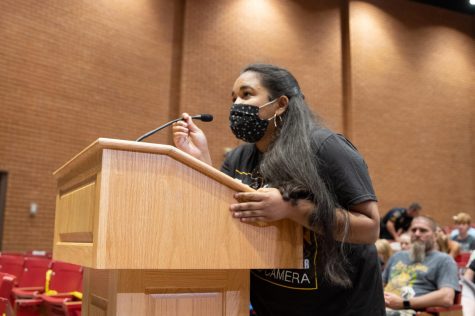More To Know About Face Masks
Face masks are becoming a regular part of life, but how much do you really understand about masks?
October 13, 2020
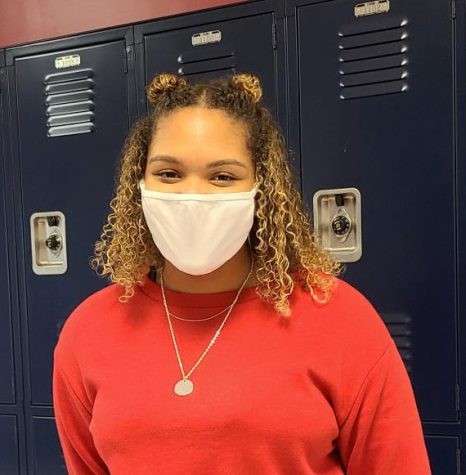
There are three main types of masks. One is the surgical mask. This type of mask fits loosely and protects anyone the wearer speaks to by trapping saliva inside the mask. This type of mask also filters out large particles in the air. This type of mask is not specific to the coronavirus but it does keep people safer than not wearing a mask at all.
According to the Mayo Clinic, “a type of respirator, an N95 mask offers more protection than a surgical mask does because it can filter out both large and small particles when the wearer inhales.” This type of mask can filter out both large and small particles in the air. Some of these masks have one-way valves that protect the person wearing the masks but release unfiltered air when the wearer exhales. Because these masks don’t protect other people, some places have banned them from being used.
The last types of masks that will be mentioned are cloth masks. These are the most common types of masks seen. These masks trap droplets from coughs and sneezes protecting the people around the wearer. These masks are more popular because they are customizable. Liberty has given any of its students who participate in sports a blue cloth mask. This mask features an eagle on the front. Sophomore and golf player Paige Packingham says that this mask is “thin and lightweight which makes it breathable.”
Tips for wearing a facial mask.
When you are wearing a mask, the mask should cover your mouth and nose. The mask should be loose enough to be comfortable but tight enough to filter the air you breathe. You should keep your mask clean, either by replacing it or washing the mask with soap and water. “The CDC always recommends everyday preventive actions, such as hand washing and maintaining at least 6 feet of social distancing, to help prevent the spread of respiratory diseases,” according to an article by the FDA.



